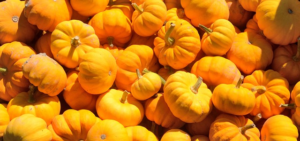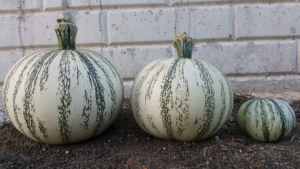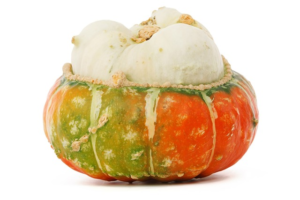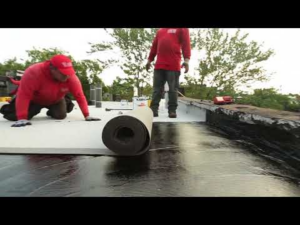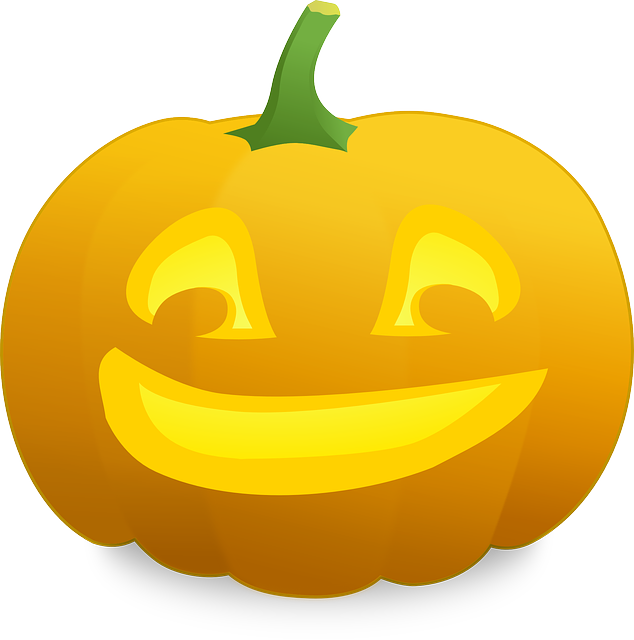
| Wayne County Extension
The fall season is here, trees are beginning to turn color on the hillsides, the air is crisp, and of course, football season is in full swing. It is a season when I also enjoy spending a little more time in the kitchen because of the shorter daylight after work.
As I passed by a display of winter squash last week, I overheard the comment, “I’d really like to know how to cook this squash,” and after our conversation, I am guessing this may be something that many of us may wonder. I have tried several kinds, but I’m sure there are additional methods others may share, so ask co-workers or friends and find out what their favorite method might be. Here’s a little basic information to get started.
Winter squash tend to include darker varieties such as pumpkin, spaghetti squash, acorn squash and butternut squash. Each type exhibits differences in shape, color, size and flavor but all have shells that are hard and more challenging to cut and/or peel – this allows winter squash to have a longer storage life, sometimes two-four months in a cool place (50-55 degrees). Don’t store them close to apples, pears or other ripening fruit as it will shorten their storage life. Squash provides us with a good source of vitamins A, C and potassium.
More:Enjoy the treat of Ohio melons of all variety
Types of squash, what to look for
Choose a well, shaped squash with hard tough skin, with no soft spots or punctures on it. The gourd should be heavy for its size. Here are some guides for the most common ones.
- Acorn squash – smaller acorn-shaped squash with dark green or orange skin and light orange-yellow flesh that is ideal for baking.
- Butternut squash – pear-shaped squash with a pale orange or tan skin and darker orange flesh. It has a smaller seed pocket at the bottom of the pear shape.
- Hubbard squash – a green squash noted for its bumpy, thick skin and orange-yellow flesh. This squash generally grows quite large. It mashes well and has a smooth texture.
- Spaghetti squash – yellow-skinned squash with lighter yellow, fibrous, translucent, stringy flesh. Mild flavored and can be served like pasta.
Winter squash can be baked, boiled or steamed and most of them …….
